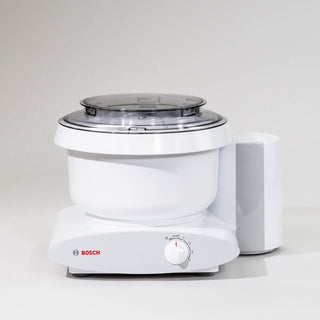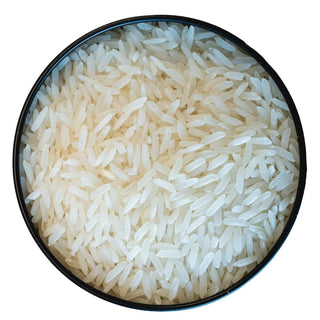Jasmine Rice
Jasmine Rice
- Unit price
- / per
Description
Jasmine Rice
Product of Thailand
Jasmine rice has a long grain and primarily grows in Southeast Asia, particularly Thailand.
Due to its fluffiness and slightly sticky texture when cooked, it’s considered to have an excellent cooking quality. Jasmine rice is also known as Thai fragrant rice, given its pleasant popcorn-like smell. This is due to the presence of a molecule called 2-acetyl-1-pyrroline.
- Aromatic Delight: Jasmine rice, often referred to as Thai fragrant rice, is renowned for its distinctive floral aroma and slightly sweet flavor, reminiscent of the jasmine flower. This unique quality is attributed to the presence of a natural compound called 2-acetyl-1-pyrroline. Not only does it make your dining experience more pleasurable, but it also enriches the sensory profile of dishes, making it a favorite ingredient in both savory and sweet culinary creations around the globe.
- Nutritional Profile: Beyond its enticing aroma and taste, jasmine rice offers a range of nutritional benefits. It is a good source of energy, primarily in the form of carbohydrates, making it an excellent fuel for the body. Additionally, it provides essential nutrients such as vitamins B1 and D, calcium, fiber, and iron. Although jasmine rice is often seen in its white form, choosing brown jasmine rice can enhance your diet with more fiber, promoting better digestion and a feeling of fullness, contributing to weight management.
- Versatile Culinary Staple: Jasmine rice's long, slender grains and slightly sticky texture upon cooking make it an incredibly versatile ingredient in the kitchen. It's the perfect complement to a variety of dishes from different cuisines, whether it's serving as the base for a hearty Thai curry, wrapped in sushi, or mixed into a vibrant Mediterranean salad. Its ability to absorb flavors makes it an excellent choice for pilafs or rice dishes seasoned with herbs and spices, allowing it to seamlessly integrate into any meal, elevating it with its subtle sweetness and floral notes.
Why White Jasmine Rice:
- Flavourful aroma
- Gluten free
Cooking Instructions
The best way to cook Jasmine rice is using the absorption method, a procedure that cooks the covered rice in a pot until all the water is absorbed. To prepare, use 2 cups water or broth to one cup rice. Bring to a rolling boil, then cover pot tightly, lower heat to simmer, and simmer approximately 45 minutes
Storage
For optimum storage, store uncooked rice in an airtight container or keep it in our resealable bag in a cool, dry, dark place.
Disclaimer: This information is for educational purposes only. It is not intended to diagnose, treat, cure, or prevent any disease. The information provided is for educational purposes only and not intended as medical advice. Consult your professional health expert for medical advice. This product has been packaged in the same facility as wheat, tree nuts, barley, and other potential allergens.
Adding product to your cart








